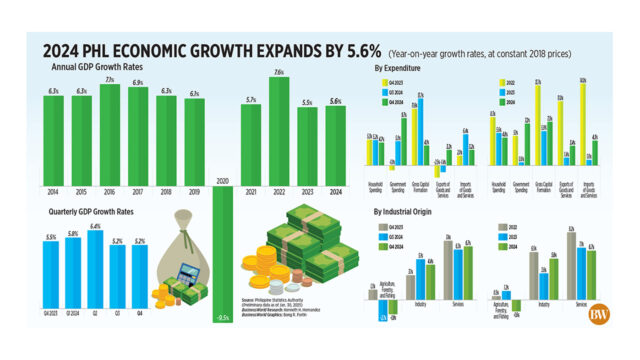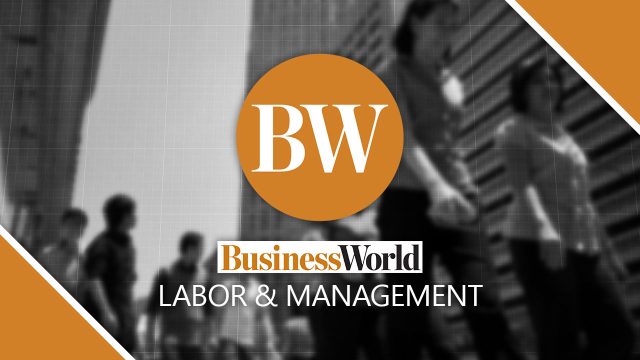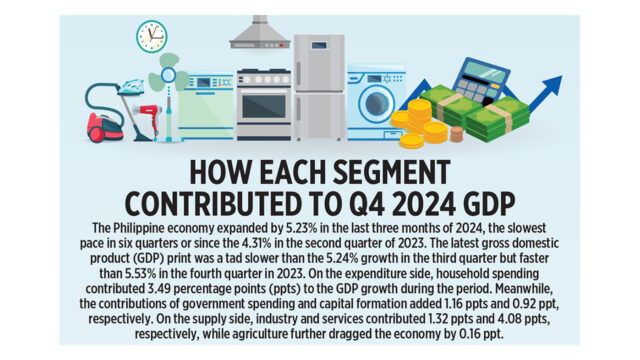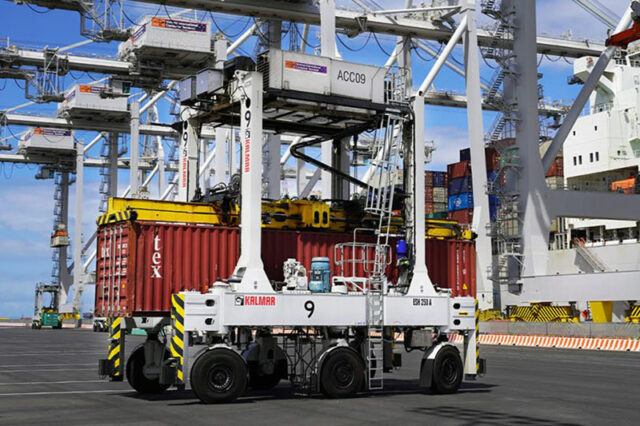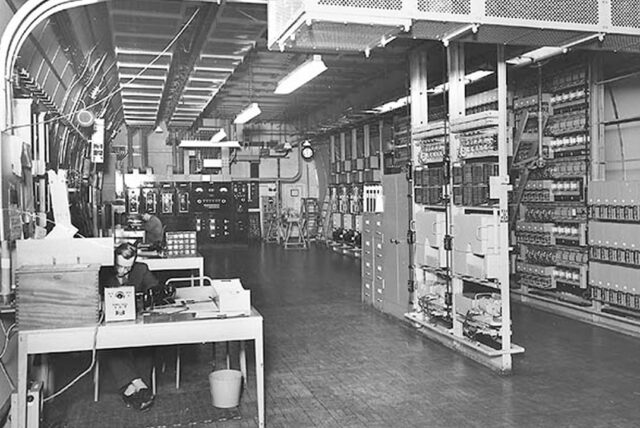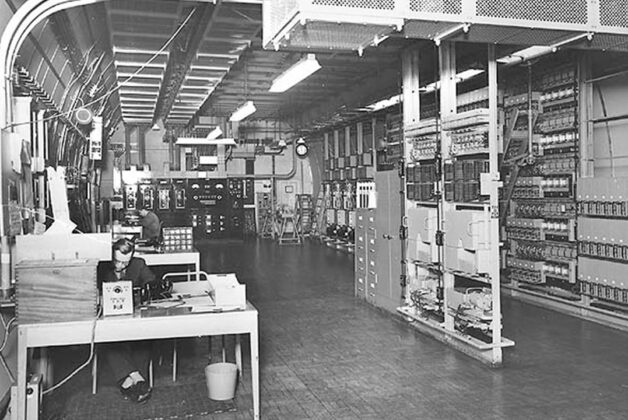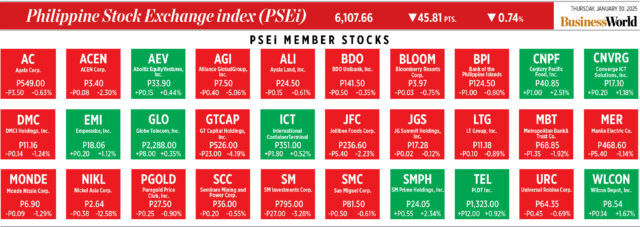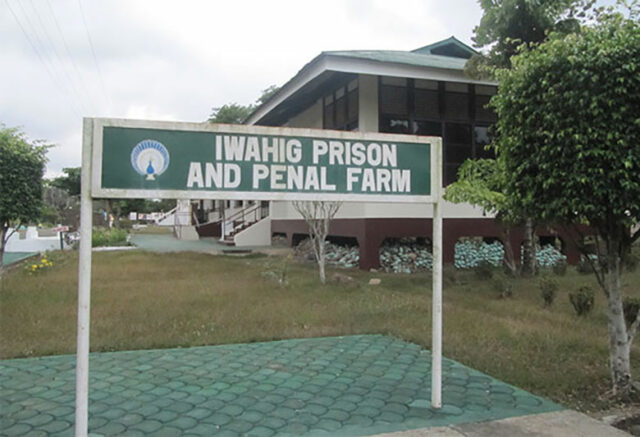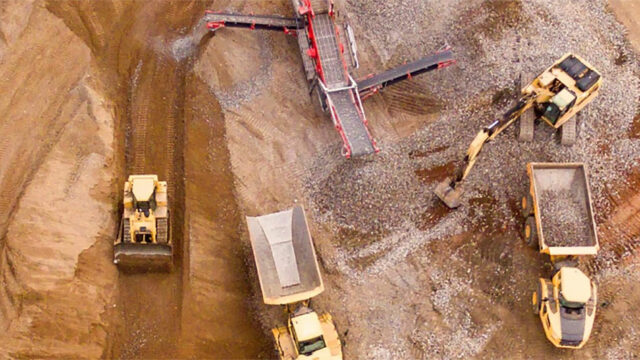In a major setback in the fight against gender-based violence, Argentinian President Javier Milei’s government has announced it will repeal the crime of femicide from the penal code.
In a speech at the World Economic Forum in Davos last week, Milei dismissed femicide laws as a product of “woke” culture and called “radical feminism” a distortion of the concept of equality.
Repealing the law could have a ripple effect across the region, encouraging other countries to weaken their legal protections. This would be devastating for women and girls across Latin America.
Efforts to end violence against women and girls must remain a priority — in Argentina and around the world.
In 2023 alone, an estimated 85,000 women and girls were intentionally killed worldwide. Of these, 60% were murdered by an intimate partner or family members.
This equates to one woman or girl killed every 10 minutes at the hands of someone they know and likely trusted.
WHY FEMICIDE LAWS ARE IMPORTANT
Femicide is broadly defined as the gender-based killing of women or girls, typically due to misogyny, discrimination, or intimate partner violence. It differs from other homicides due to its roots in systemic gender inequality and the intent to exert control or punishment over women.
At least 18 of the 33 countries in Latin America and the Caribbean have adopted femicide laws since 2007.
Before these laws were enacted, the killing of women and girls were treated under the broad category of homicide in many of these countries, with a focus on intent rather than the gendered nature of the crime.
These broader laws fail to recognize how inequality, abuse, and power dynamics often fuel violence against women. They often render patterns of abuse invisible.
Femicide laws sought to change that. They explicitly recognize when women are killed because of their gender and acknowledge these crimes as part of a broader pattern of violence rooted in inequality.
These laws have often been introduced in response to public outrage following the killing of women and an acknowledgement of widespread inaction by authorities.
This has been seen a vital step toward justice, particularly in a region where violence against women has long been treated with relative impunity.
WHAT COUNTRIES HAVE A FEMICIDE LAW?
The laws vary significantly across Latin America.
In Chile, for example, femicide applies to killings by a current or former partner.
In Costa Rica, it is similarly limited to only include killings involving a victim and perpetrator who are married or related by common law.
Ecuador, by contrast, defines femicide more broadly, focusing on power dynamics and the gendered nature of the crime, regardless of the relationship between the victim and perpetrator.
In Argentina, femicide is an aggravated form of homicide, defined as a murder committed by a man against a woman in the context of gender-based violence.
Countries beyond Latin America have been slower to adopt specific femicide laws, despite advocacy efforts for them to follow suit. In recent years, Croatia, Malta, and Cyprus have all introduced specific femicide laws.
The effectiveness of femicide laws continues to be the subject of debate. There have been few comprehensive evaluations of their impact.
A 2024 report on Mexico’s femicide law highlighted that legislation alone will not prevent gender-related killings.
The report also noted that, in practice, femicide laws often focus predominantly on killings committed by intimate partners or family members. While this focus is critical, it has inadvertently led to the under-reporting and invisibility of femicides occurring in other contexts.
These include the killing of older women and deaths linked to female genital mutilation and organized crime. The killing of Indigenous women also continues to be unreported and under-investigated.
Such recognized limits do not support the repeal of femicide laws but rather underline the need for more effective implementation and embedding of these laws in society.
THE BENEFIT OF FEMICIDE LAWS
While challenges remain in implementation and enforcement, femicide laws have brought critical change in countries where violence against women has long been ignored. By explicitly acknowledging gender, power, and control as a factor in these killings, the laws send a powerful message this violence requires targeted solutions.
In several countries, for example, the introduction of femicide laws has led to the creation of specialized police units, judicial training programs, and harsher penalties for these acts of violence.
Femicide laws have also improved data collection. With these laws in place, governments can better understand the scope of the issue and direct resources towards evidence-based prevention, early intervention, and response mechanisms.
Without such laws, these crimes are not tracked or are misclassified.
Beyond the legal and systemic benefits, femicide laws have driven cultural change and public awareness. They have elevated the discourse on gender-related killings and reinforced the urgent need for systemic change to protect women and girls.
A STEP BACKWARD
Repealing Argentina’s femicide law would risk undoing years of progress. It would make these crimes less visible and send a message that tackling the crisis of violence against women and girls is not a priority. This can have a direct impact on dissuading victims from seeking justice and emboldening perpetrators.
Femicide laws represent more than legal protections. They are a commitment to accountability in societies where women’s lives have too often been disregarded.
This is not “woke.” It is a matter of justice, safety, and human rights.
THE CONVERSATION VIA REUTERS CONNECT
Kate Fitz-Gibbon is a professor (practice) in the Faculty of Business and Economics in Monash University. She has received funding for family violence and femicide-related research from the Australian Research Council, Australian Institute of Criminology, Australia’s National Research Organization for Women’s Safety, the Victorian, Queensland and ACT governments, the Commonwealth Department of Social Services, and the Victorian Women’s Trust. This piece was written by Ms. Fitz-Gibbon in her role at Monash University and is wholly independent of her role as chair of Respect Victoria.

